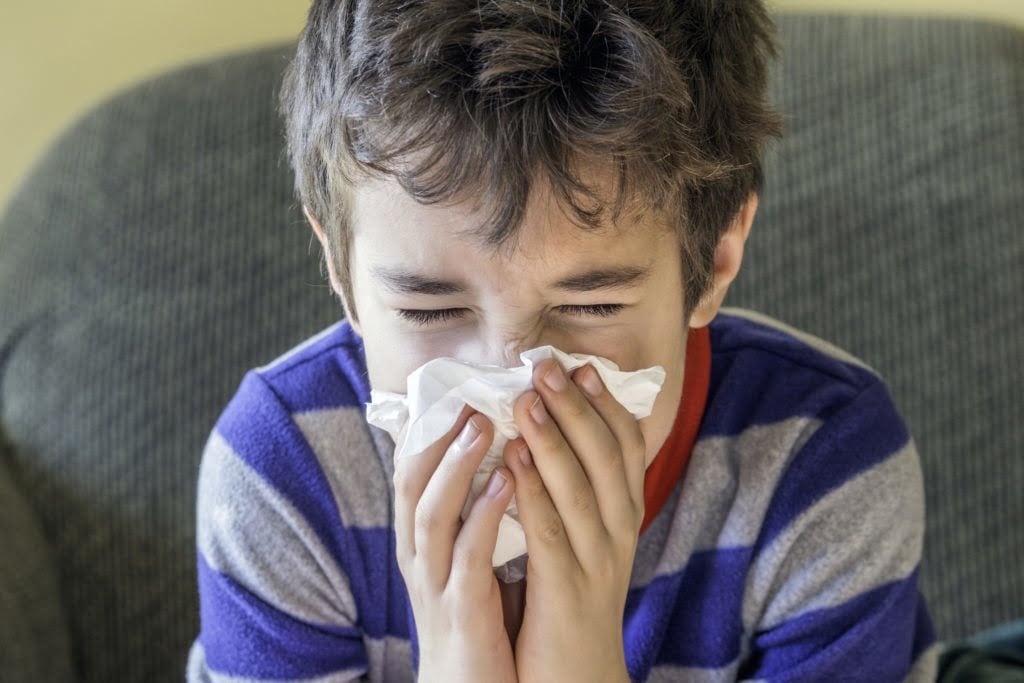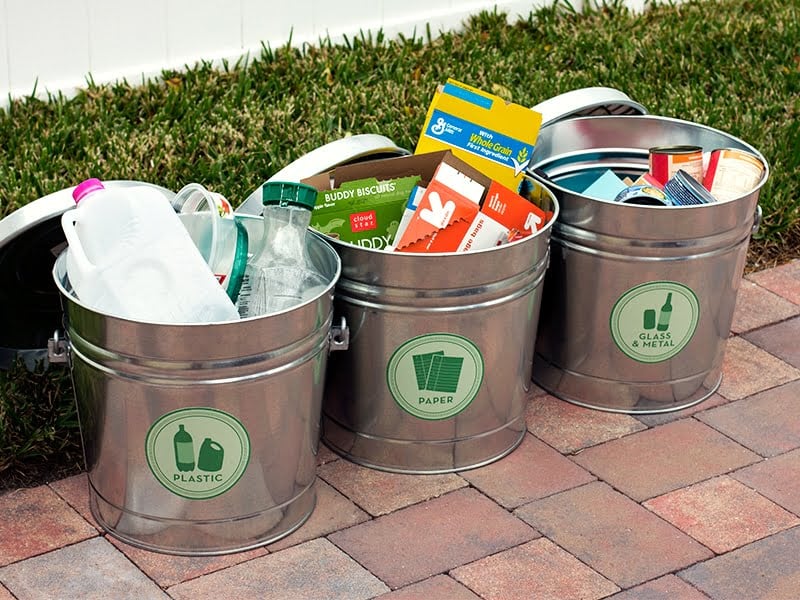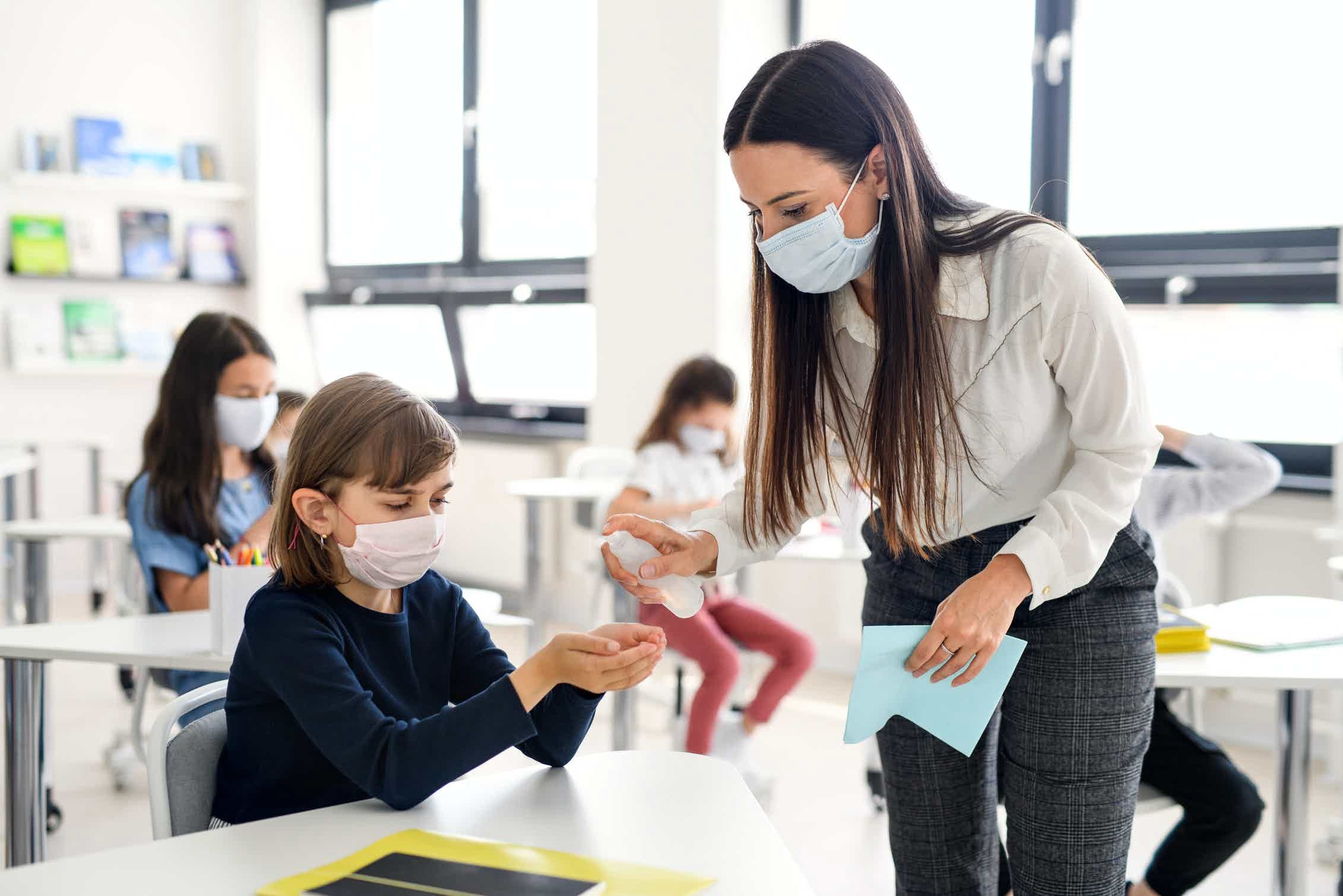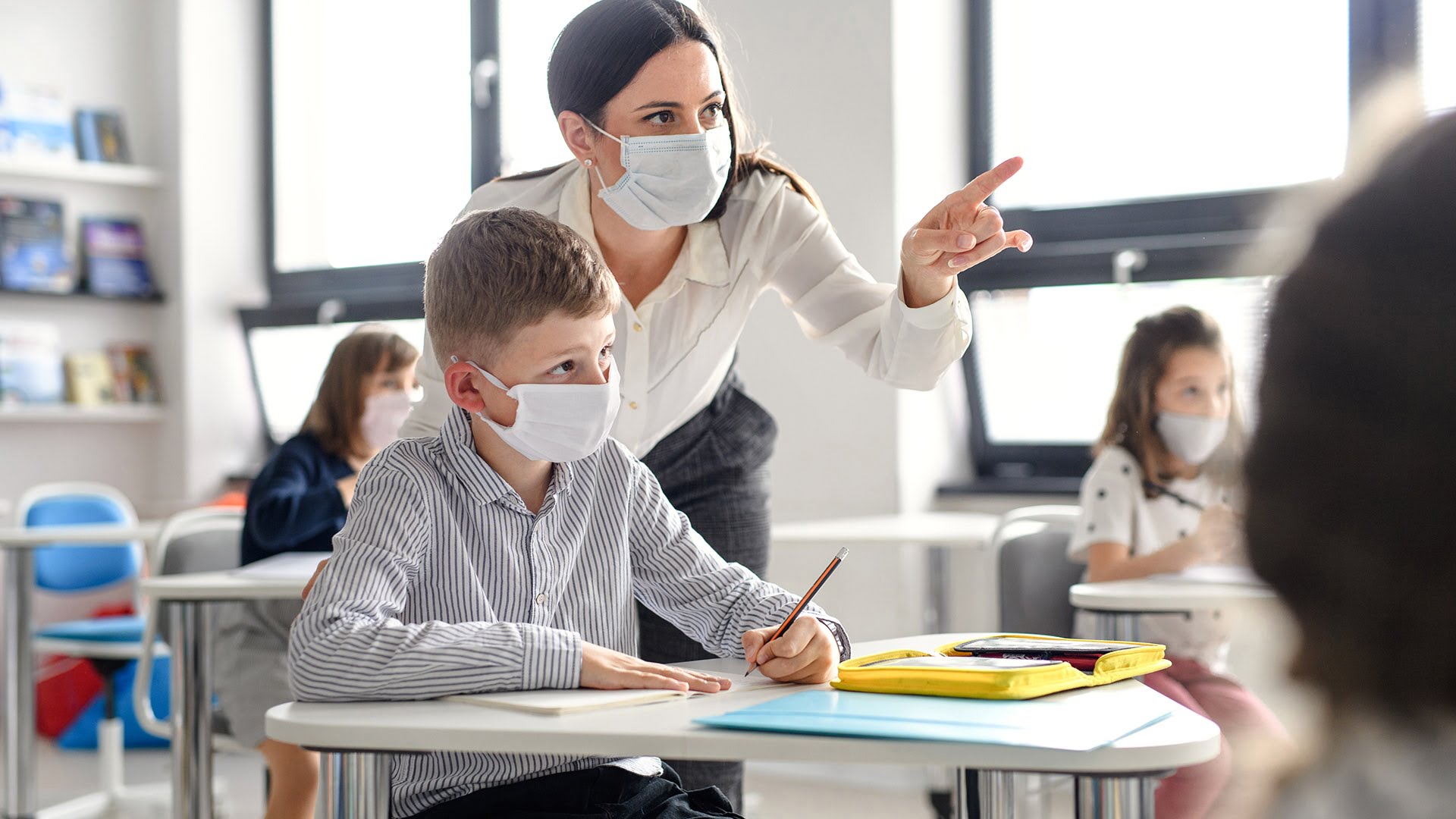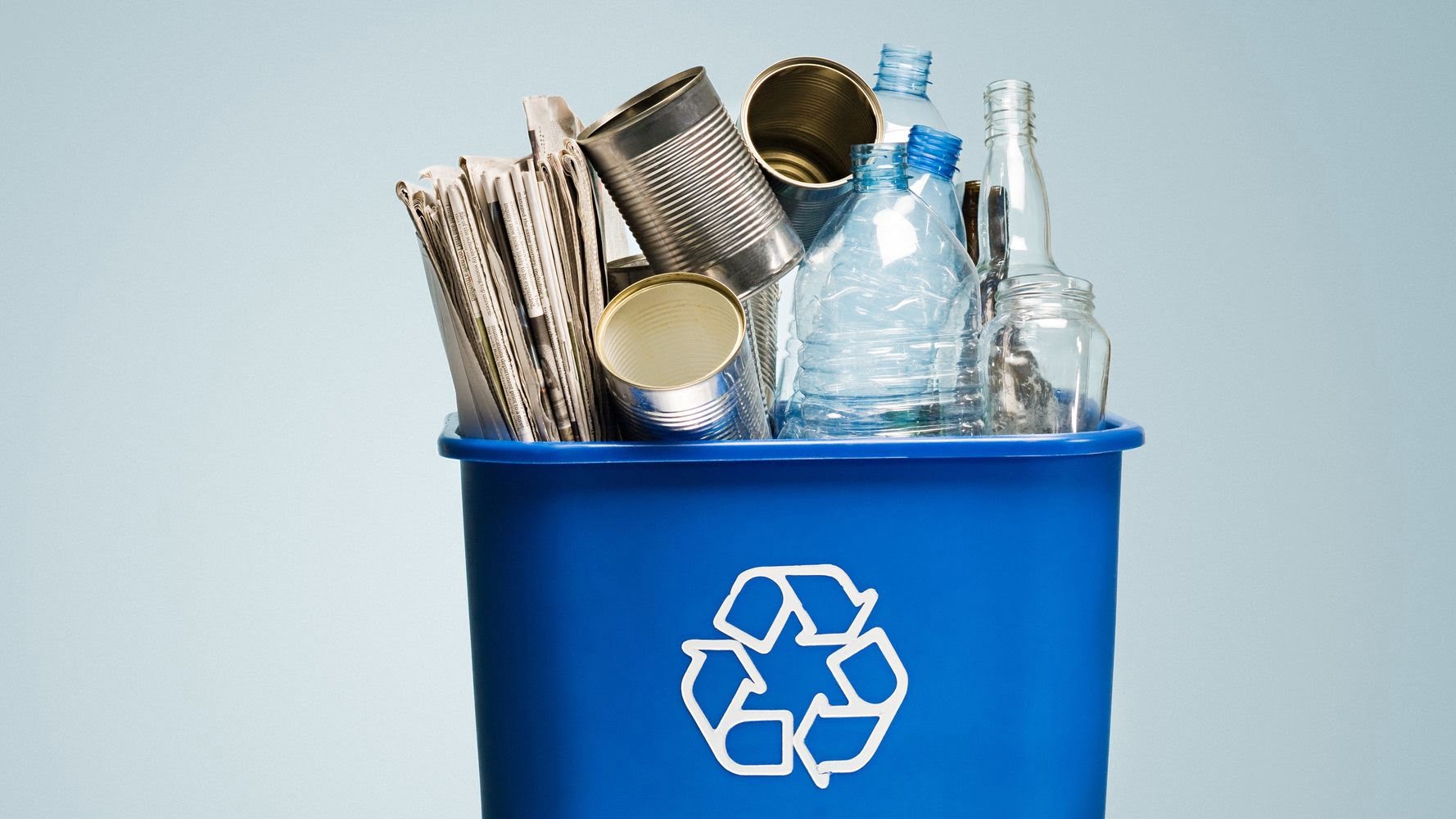Sometimes the best thing you can do for a person is to offer them comfort, warmth and love with something as easy as a hug. If you’re not a big fan of physical contact, you might change your mind once you learn how powerful they can be for our mental and physical well-being. Hugs let loved ones know that they have faith and that they are not alone, and we all want a hug at some point.
Human touch is the most intimate form of connection and naturally brings the most benefit. People who feel lonely often realize that something is missing, but they do not realize that it is as easy as a hug. Here are reasons to hug your loved ones quickly;

1. Reduces tension, increases satisfaction
Hugs produce one of the hormones of satisfaction or oxytocin, often called hugging or love hormone. The more we touch or hug, the more it is produced and the smoother we feel. The hormone has been proven to have anti-stress effects.
2. Helps you combat anxiety and anxiety
Hugs can provide valuable benefits for people who are grieving, low in self-confidence, and more specifically fear of death. This research suggests that people experiencing these feelings may want to be touched as a way to feel comfortable. The results showed that those who were touched experienced less existential distress than those who were not in physical contact with another person.
3. Reduces risk of infection
A study shows that individuals who receive social reinforcement and hugs may be slightly more protected from infections. Healthy adults in the study were exposed to the common cold virus after hugging and were then monitored for signs of illness. The results showed that holding and cuddling reduced the risk of infection.
4. Improves heart health
According to this research, hugging may have valuable heart benefits in humans. Researchers divided a cluster of 200 people into 2 clusters. In the first, the couples had to hold hands for 10 minutes while watching a romantic image, then hugged for 20 seconds, and the second set had to sit silently for 10 minutes and 20 seconds without touching. The results showed that individuals who were hugged showed a decrease in heart rate and blood pressure.
5. Relieves pain
Being touched or hugged by a loved one not only gives you spiritual benefits, but also physiological benefits. Touching someone you love can ease the pain, according to a study. The 22 couples who participated in the tests were observed and repeated the experience of being in the delivery room. Ladies who were exposed to pain and whose partners did not touch them felt it. However, when the male partners held their hands, the pain of the women decreased.


